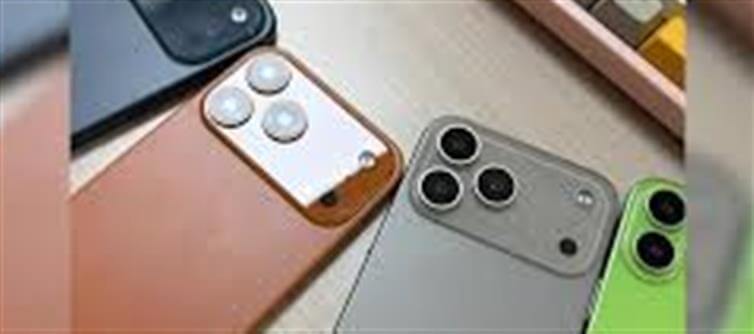
Apple’s iPhone 17 launch on september 9 is shaping up to be one of the most talked-about events of the year. While fans eagerly await design upgrades and new features, one of the biggest potential changes is the removal of the physical SIM card slot in favor of eSIM-only models. Here’s everything you need to know.
1. eSIM-Only Models in Europe
Reports suggest that all iphone 17 models in the european Union—including Germany, France, and Spain—will no longer have a SIM tray. Users in these countries will be limited to eSIMs, a wallet PLATFORM' target='_blank' title='digital-Latest Updates, Photos, Videos are a click away, CLICK NOW'>digital alternative to traditional SIM cards.
Apple is reportedly training its EU retail partners through the SEED app to ensure smooth eSIM setup and troubleshooting. This move aligns with Apple’s ongoing push to simplify mobile connectivity and enhance device security.
2. What About India? Mixed Models Expected
India presents a slightly different scenario:
iPhones in india already support eSIM, but physical SIM slots remain available for flexibility.
Rumors suggest the iPhone 17 Air could be completely eSIM-only, even in India. Its ultra-thin design might require the removal of the SIM slot to save internal space.
Meanwhile, the iPhone 17 Pro may come in two variants of battery design: one smaller battery for markets needing a SIM tray, and another standard battery for eSIM-only models.
This could mean that some iphone 17 models in india will retain a physical SIM slot, allowing users to choose between traditional SIMs and eSIMs during the transition period.
3. Why apple Is Moving Toward eSIM
The eSIM technology offers several advantages:
Convenience: No more fiddling with tiny physical cards.
Security: eSIMs can be deactivated instantly if the phone is lost or stolen.
Easy carrier switching: Changing networks is quicker without swapping SIM cards.
However, eSIMs also have downsides: setup can be trickier, and transferring between devices isn’t as straightforward as moving a physical SIM.
4. Implications for indian Consumers
For iphone users in india, the rollout may be gradual:
Choice remains: Some iphone 17 models may continue to have SIM trays.
Transition period: apple may phase in eSIM-only devices slowly, allowing users to adapt.
Potential exclusivity: The iphone 17 air could become India’s first iphone without a SIM slot, offering a glimpse into Apple’s future mobile strategy.
5. Global eSIM Strategy
The shift toward eSIMs is part of Apple’s broader global strategy:
Encourages digital-first mobile connectivity
Reduces the need for physical components, allowing for slimmer devices
Enhances security and fraud prevention
Europe may become the first region to fully adopt eSIM-only iPhones, while markets like india and china could continue offering hybrid models during the transition.
6. What Buyers Should Keep in Mind
If you are planning to buy an iphone 17:
Check if your model supports physical SIM or eSIM-only
If you frequently switch carriers, ensure eSIM compatibility
Be prepared for digital setup processes if opting for an eSIM-only device
7. Looking Ahead: The Future of iPhones
If these reports hold true, the iPhone 17 launch may mark a turning point in how users connect to mobile networks. apple is nudging the global smartphone market toward digital-first connectivity, and india could be one of the last regions where users still get a choice between physical SIM cards and eSIMs.
The september 9 event may reveal the beginning of a SIM-free iphone era, reshaping mobile usage patterns for years to come..jpg)




 click and follow Indiaherald WhatsApp channel
click and follow Indiaherald WhatsApp channel